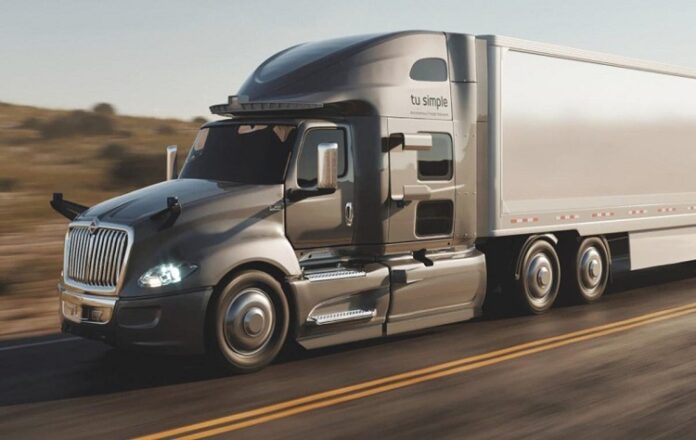Driverless cars have been the cause of many debates over the last year. Are they a major leap forward in technology or are they an accident waiting to happen? Many have closely monitored the progress of driverless vehicles and HGV training for those vehicles.
Google is even assisting in designing regulations for these vehicles when it comes to using these vehicles in public. In March, George Osbourne announced driverless lorries would be trialled in the UK. That’s why we decided to take a look at the risks and rewards of these vehicles on public roadways.
Table of Contents
The Rewards
There are many benefits associated with driverless cars in the UK. The main benefit is the amount of time this type of vehicle could save commuters. The average driver spends 235 hours each year driving. That’s the equivalent of 6 work weeks. Driverless vehicles allow a computer to hand over control of their car and use their time more productively.
A driverless vehicle is also safe. These cars are pre-programmed to follow traffic laws, stay within the speed limit, avoid collisions and pull over to allow emergency vehicles to pass. In fact, it has been predicted that if 90 percent of the vehicles on the road were driverless cars, road accident numbers would fall from 6 million each year to 1.3 million. That means the number of deaths from car accidents will fall from 33,000 per year to 11,300.
For driverless lorries, the story is slightly different. Trials in Germany have garnered praise for the autonomous vehicles based on safety. The driverless vehicles were safer than those driven by human drivers. The driverless lorry never gets tired, loses focus or lacks concentration.
It doesn’t matter how well a person can steer a truck, slow down or accelerate, they can’t do it as well as the automatic highway pilot. It has been predicted that self-driving lorries may make the road safer, cutting down some of the 3,000 yearly deaths caused by truck accidents. And reducing the pollution caused by speeding up for faster deliveries.
The Risks
Of course, there are going to be risks when you have a car, or lorry, driving down the road without a driver. Since the launch of the driverless vehicles for testing, there have been some ‘teething’ problems. This has been in the form of dings and scrapes to the car.
In 2015, some motorists made a point of slamming into driverless cars to expose a flaw in their design. The main flaw is that an autonomous car follows the law, all the time. Human drivers don’t.
When the safe and cautious driverless vehicle were driven into by a human motorist, it wasn’t expecting it, so it did not know how to respond.
Driverless cars have also been pulled over by police for going 24 mph when the speed limit was 35 mph, which caused traffic backups. Studies have been conducted that show the accident rates in driverless vehicles using naturalistic data. However, the development of this technology continues.
This year the progress of the driverless vehicle technology took a hit. In May 2016, there was a casualty caused by a driverless car. Josh Brown, age 40, was travelling in a Tesla S model using the ‘autopilot’ mode when there was a failure in one of the sensors. The software was unable to distinguish between the blue sky and a white lorry.
The car hurtled into the lorry at full speed. The car slid underneath the lorry, ripping off the top and killing Brown. This accident caused many in the industry to question what this crash could mean for the future path of driverless vehicles.









